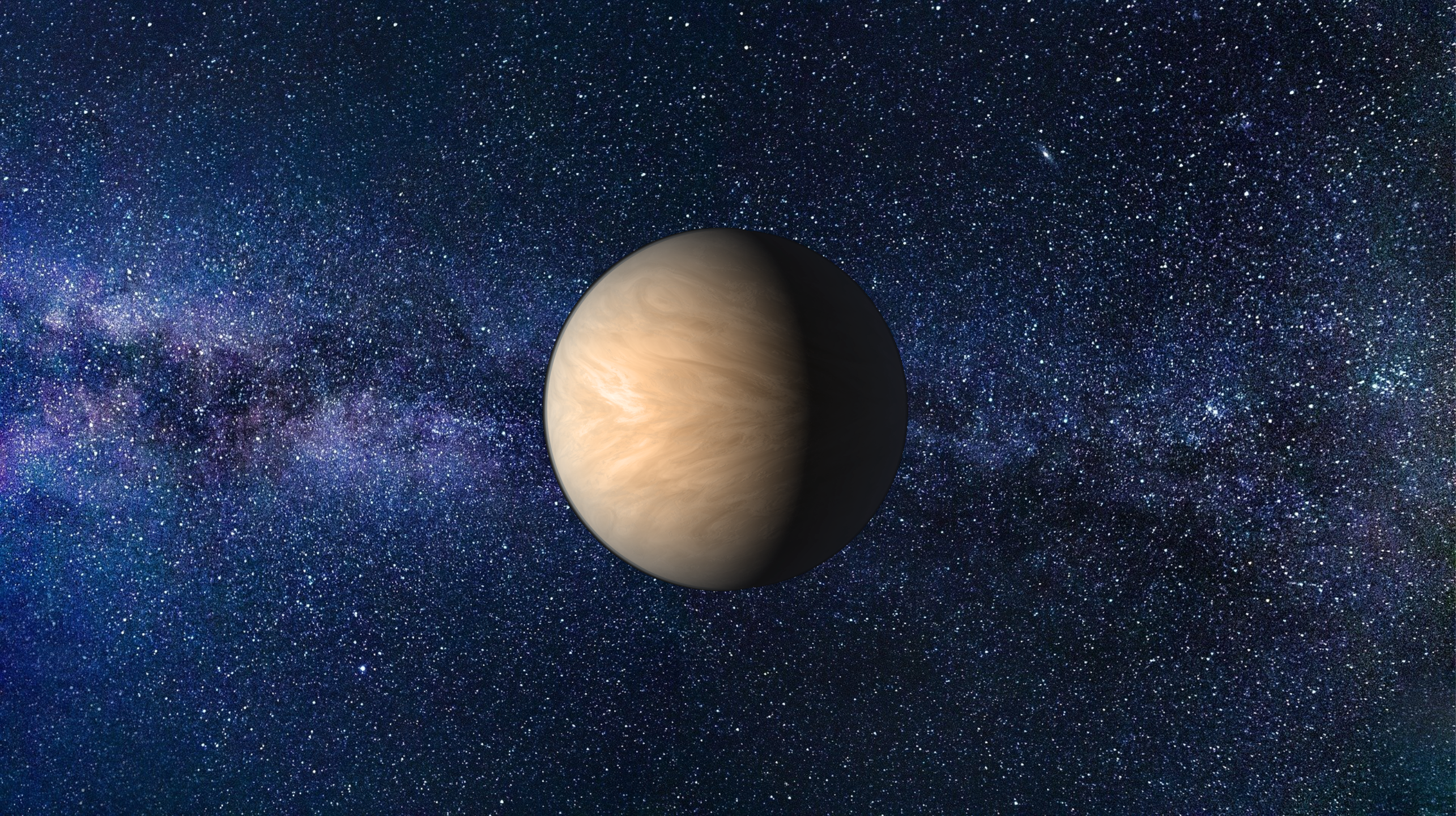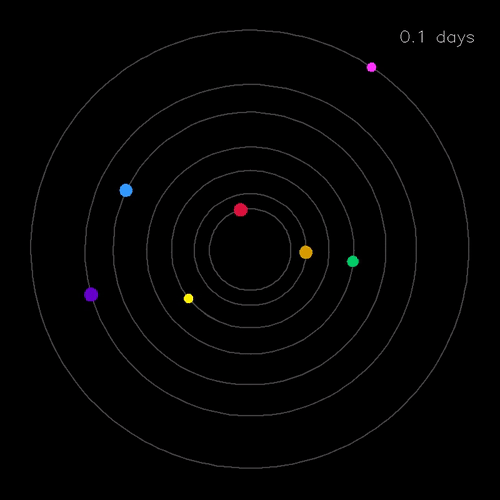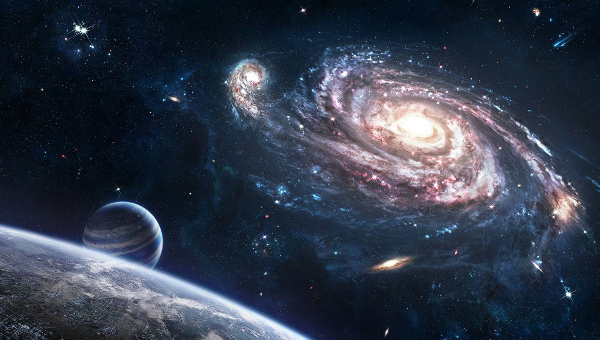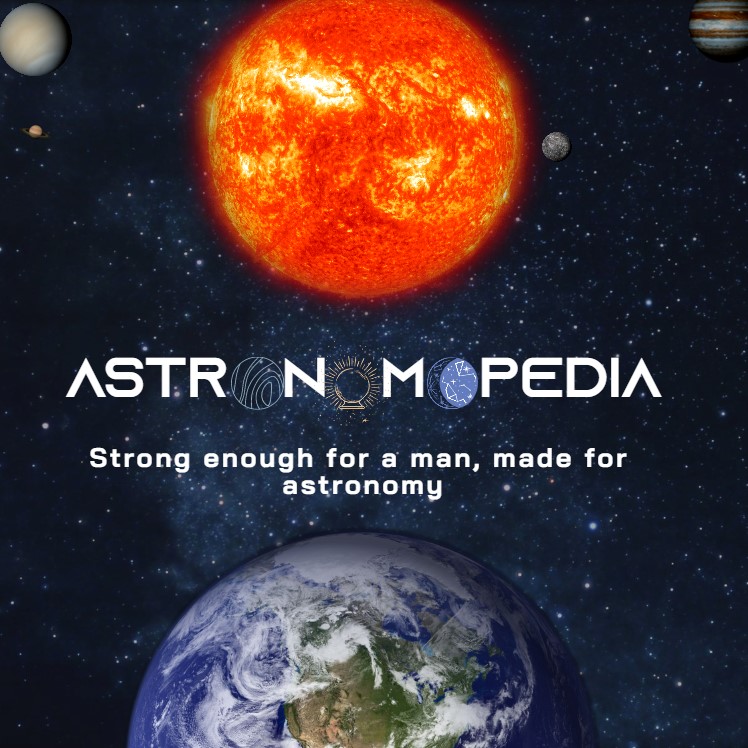

TRAPPIST-1 c

What is TRAPPIST-1 c?
TRAPPIST-1 c, or 2MASS J23062928-0502285 c, is a super Earth exoplanet that orbits an M-type star within the Aquarius constellation. The planet was discovered the 2 May 2016.
What is special about this exoplanet?
TRAPPIST-1 c is the system's most massive and third biggest planet, with about 116% the mass and 110% the radius of Earth. Its density suggests a rocky structure with a thick Venus-like atmosphere, however it is projected to be thinner than TRAPPIST-1 b.
Morphology
Geomorphology
TRAPPIST-1 c is the TRAPPIST-1 system's third-largest planet, with a radius of 1.095 R🜨 (7,008.1 km | 4,354.63145 miles) and a surface area of 617,178,011.0108439 km² (238,293,664.41 miles²).
Anatomy
TRAPPIST-1 b and c's combined transmission spectrum rules out a cloud-free hydrogen-dominated atmosphere for each planet, making an extended gas envelope improbable. Other atmospheres, ranging from a cloud-free water-vapor atmosphere to a Venus-like atmosphere, follow the featureless spectrum.
TRAPPIST-1 c's atmosphere is most likely thinner than TRAPPIST-1 b's.
TRAPPIST-1 c appears to have a density of 4.89 g/cm³.
Tectonic plates
Studies of the tectonic plates of TRAPPIST-1 c has yet to be made.
Location
TRAPPIST-1 c is approximately 1,150 light-years away from Earth.
and, is 0.0158 AU (2,363,646.36 km | 1,468,701.756740384968 miles) from its star.
Physico-chemical properties
TRAPPIST-1 c's composition was established in 2018, and it was discovered to be rock-based with a very thick, Venus-like atmosphere.
Temperature
TRAPPIST-1 c has a temperature range of approximately 341.9 (±6.6) K (68.75 (±6.6)°C | 155.75 (±6.6)°F).
Age
TRAPPIST-1 c is expected to be 6.6 billion (6,600,000,000) Earth years old.
Force fields
Gravitational force
TRAPPIST-1 c has a gravity of ~0.966 gT (9.473223899999999 m/s² | 372.961571 in/s²).
Magnetic field
There is no conclusive response to this topic since TRAPPIST-1 c's magnetic field has yet to be directly detected.
Motions

Orbit
TRAPPIST-1 c's orbit is extremely near to its host star. A year on this planet lasts just 2.42 Earth days (58 Earth hours), a fraction of the time that Mercury, our Solar System's innermost planet, does.
Rotation
TRAPPIST-1 c is most likely tidally locked at this close range distance to its host star.
Satellite systems
Moon system
Although there are more possibilities that it lacks moons, we cannot rule it out with any certainty.
Ring system
There is no conclusive response to this topic since TRAPPIST-1 c's ring system has yet to be directly examined.
Author: William Homier
Editor: William Homier
Sound credit goes to Dsilent 97.
This page was last edited on 26 November 2022, at 12:32 (HAE).
Sources:

